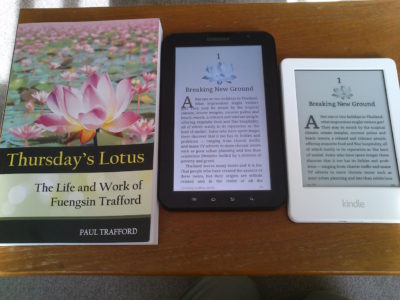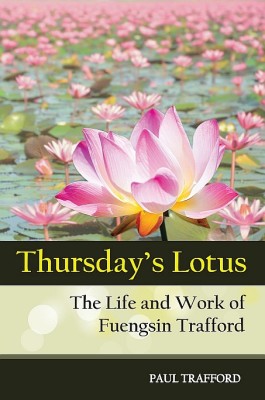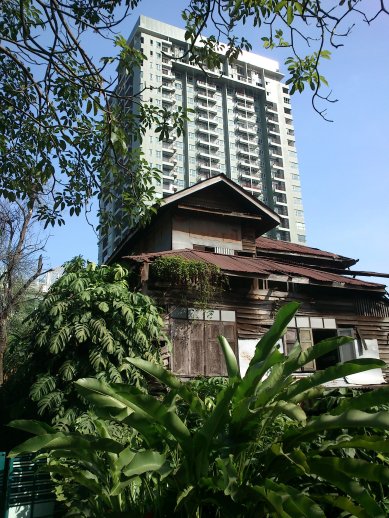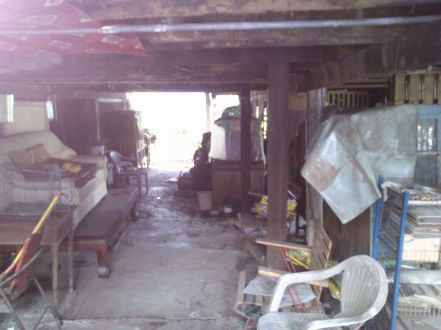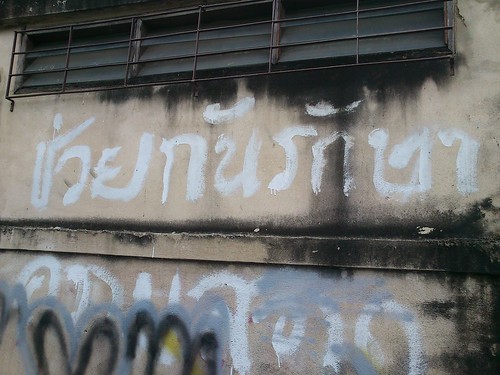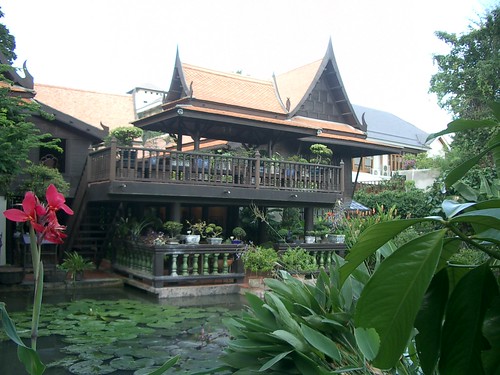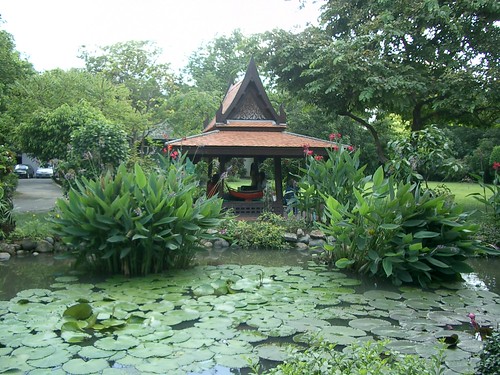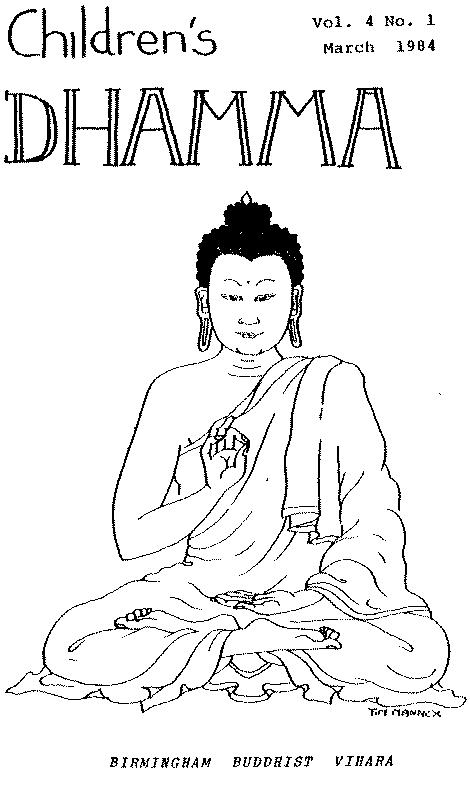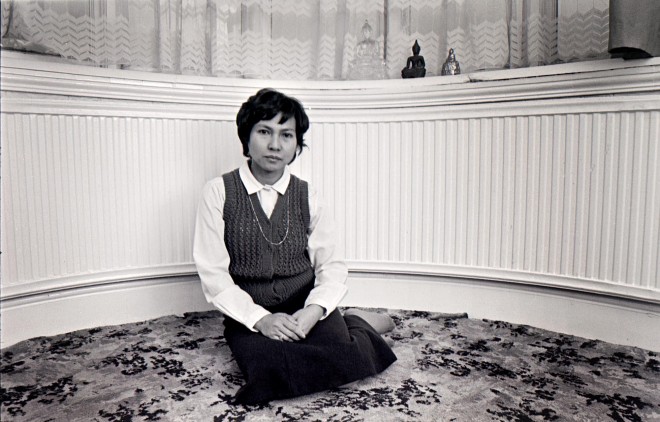Note
The following is a copy of an article I
originally posted on Blogger.com, September 04,
2011:
https://paultrafford.blogspot.co.uk/2011/09/siam-in-16th-and-17th-centuries.html
This opening paragraph comes
from Relation
du voyage de Mgr. de Béryte, vicaire apostolique du
Royaume de la Cochinchine (Account
of the Travels of The Mgr. [Bishop] of Beirut,
Vicar Apostolic for the Kingdom of
Cochinchina), compiled by Jacques de Bourges,
published in 1666 and made available as a Google
eBook.
Drawing on my schoolboy French, a translation
might be:
I do not believe that there’s a country in the
world where one finds more religions and whose
practice is more permitted than in Siam.
Gentiles, Christians, and Muslims, who are all
divided into different sects, are at complete
liberty to follow such worship as seems best to
them. The Portuguese, English, Dutch, Chinese,
Laplanders, Peguans, along with people from
Cambodia, Malacca, Cochinchina, Champa, and
several other places on the Septentrion coast,
all have established themselves in Siam. There
are nearly two thousand Catholics, the majority
Portuguese, who have come from various places in
the East Indies, from which they were driven, and
have taken refuge in Siam, where they have a
separate district making up a suburb of the
city…
Thailand’s reputation for openness goes back a
long way! Yet, I was still surprised by the
plurality of the situation described here more than
300 years ago. Quite a distinguished case of
‘multiculturalism’ (about which contemporary
discussions might suggest that it’s a recent
phenomenon!) What is not clear from this picture,
though, is whether there developed much in the way
of cultural exchange and integration among the
communities. The compartmentalising suggests each
group went its own way and the various accounts
I’ve read so far seem to confirm this and they
often relate complaints about each other and
contrary points of view, especially among the
Europeans.
I’m interested particularly in the East-West
encounter, which in this period was concentrated in
Ayutthaya, the old capital of what was then termed
‘Siam’ (which appears to have had external origins,
which I may try to explain vis-a-vis ‘Thai’ and
‘Tai’ in another post). It was missionary zeal that
drove much of the first two centuries of
expeditions and settlements – and the religious
institutions seemed often to be better informed and
coordinated than the state-sponsored trading
companies. Today the deep-rooted influence of the
West is often characterised in terms of the
material trappings of globalisation, but arguably
more persistent effects are evident in the
education system, where many schools still have a
Christian foundation and this is more my focus here
as I try to explore its origins and development in
these early accounts.
This means having to keep practising my French
language skills as most of the written accounts
relate to the experiences of the French.
Given this predominance of materials it’s difficult
to draw a non-partisan view. Among the
French records, Martin’s accounts are probably the
most valuable for the meticulous attention to
detail (recording a constant stream of news in the
manner of a ledger, even leaving blanks as
placeholders for figures that were still to be
determined). However, his background and
allegiances do colour his
interpretation. There were a few other
travellers who passed by without having
involvement, one of whom was the German naturalist
and physician, Engelbert
Kaempfer – I look forward to reading
his A Description of the
Kingdom of Siam 1690(Itineraria Asiatica:
Thailand). At least the task is made somewhat
easier by electronic publishing; in sponsoring
large scale digitisation of old texts, Google has
been providing marvellous support for this
historical research.
Among the few scholars who appear to have
studied the materials from this period in depth is
Michael Smithies, a historian. He has published
extensively and I’ve already availed myself of a
copy of his book, A Resounding Failure:
Martin and the French in Siam, 1672-93,
published by Silkworm Books. The back cover
summarises its importance: “François Martin, from
his unique viewpoint as director of the French
trading outpost at Pondichery, provides a careful
analysis of the motives of the persons involved in
the French colonizing venture.” And there were many
players in this theatre!
Prof. Smithies original studies were in French
and his teaching of French (and Indonesian) in
Papua New Guinea earned him the honour of being
received into the French Order of Academic Palms (I
don’t know the UK equivalent, but it’s a notable
decoration). In an
interview for Bulletin No. 17 Amopa 79,
2005-6, he relates his career development. In
particular, he joined the British Council in 1960
and was immediately sent “as a matter of urgency”
to Thailand as Director of English studies. He
recounts that he had to monitor the work of dozens
of teachers, and assist in teaching at different
universities in Bangkok. At that time
my mother (then Fuengsin Sarayutpitag),
recently graduated from Chulalongkorn University,
was teaching English as a foreign language at the
newly established Thonburi Technical College. She
knew a “Mr. Smithies” and I expect it was the same
man. It would be nice if this could be
confirmed.
Whilst Smithies was familiarising himself with
Thai culture (it was about 10 years later that he
started to devote himself to scholarly research in
this field), my mother was undertaking the
complementary activity of delving into Western
culture. And this is the general perspective that
I’m trying to keep in mind as I look at this
confluence, in which my mother was inextricably
involved for the rest of her life.
The Far East continues to be a source of
attraction for French missionaries, as evident
in a
trailer for a film ‘Ad Vitam, La Grande
Aventure des Missions Etrangères de Paris en Asie’.
The excerpt includes a brief historical explanation
by the archivist, Fr. Gerard Moussay, who describes
the origins of M.E.P.: in the 16th and 17th Century
the Vatican gave the kings of Spain and Portugal
the right to nominate missionaries across the
world, but with the kings becoming increasingly
ineffective in carrying this out, bishops
called Apostolic Vicars were
appointed, the first two being Mgrs. François
Pallu and Lambert de la Motte.
Regarding present day attitudes, Fr. Etcharren,
Supérieur Général of MEP, emphasizes that being a
missionary means carrying a message that’s “not
ours” and requires always humility. He offers
us another glimpse into how the early period is
viewed in a short speech he gave on a recent visit
to Thailand (see another
video), in which they celebrate 350 years in
Ayutthaya. He recounts the arrival of the
first missionaries in 1662:
Ce Lieu d’Ayutthaya a été dès le début d’abord
un lieu de prière, de contemplation et de
réflexion missionaire. Lorsque les missionnaires
sont arrivés ici, ils ont commencés par faire une
retraite et puis ensuite un synode de réflexion.
Les valeurs qui ont émergé lors de ce synode
d’Ayutthaya sont des valeurs missionaires qui
sont toujours d’actualité.
In English (again I translate):
This place in Ayutthaya was from the outset
firstly a place of prayer, contemplation and
missionary reflection. When the missionaries
arrived here, they began with a retreat followed
by a synod of reflection. The values which have
emerged from the synod of Ayutthaya are the
missionary values which are still current
[today].
This gives the impression that there has been
continual activity, perhaps suggestive of serene
and steady development, but it’s not been like that
historically because inevitably there has been a
lot of political involvement.
From the accounts of de Bourges (cited above)
and others, the Kingdom of Siam might have seemed
an opportunity ripe for successful missionary
endeavours. The French were certainly
encouraged to invest a lot in developing their
presence in the region; Martin relates in 1675
about Mgr. Pallu, Bishop of Helipolis:
This great prelate, whose probity and sanctity
Europe, Asia and America admire, had embarked in
Siam on a vessel of a private French merchant to
go to Tonkin, to devote the rest of his strength
to the conversion of the infidels. (II,13,
translated by Smithies)
There were many ‘gains’ in some parts, but
efforts were in vain in Siam (and Martin merely
echoes the uncharitable remarks, which sound like
those of a bad loser):
I also learnt from letters from Siam that the
French Missionaries made many conversions in
Tonkin and Cochinchina. Things were not the
same in Siam, although this place was like an
entrepot for the other missions and from where
they were supplied with all essentials.
This was attributed to the stupidity of the
Siamese, a brutal people to whom one could not
explain the mysteries of the Christian religion.”
(II, 86, translated by Smithies)
Even so, efforts gathered pace as we also learn
from Martin that under Louis XIV, the French were
by the mid 1680s emboldened to issue various
demands to the Siamese king, Phra Narai, including
his conversion from Buddhism to
Christianity. The bishops attempted to
win over the king through rational argumentation,
but the king simply concluded that Christianity –
alongside other religions – was basically good and
he felt no need to change his own Buddhist
affiliation.
Meanwhile, the French military presence
continued to grow until it was all too much for
some members of the Siamese court: in 1688 there
was a revolution and the French were formally
ejected under a treaty of ‘honourable
capitulation’. With a formal trade embargo then
introduced and enforced for about 150 years, there
was a lull in the nation’s engagement with the West
– we have to wait until King Rama IV before formal
ties with these nations are resumed. However,
I expect that smaller scale developments continued
and it may be interesting to find out more about
them.

